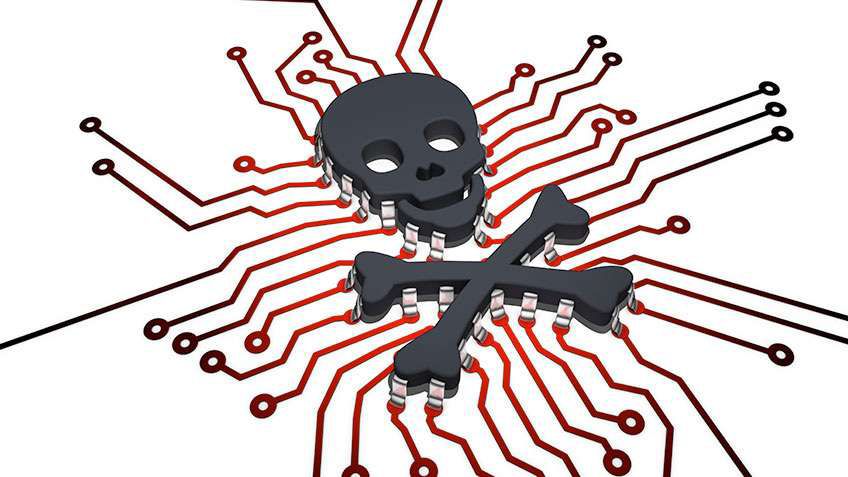The NotPetya attack on its own created an explosion of need for industrial cybersecurity work (shameless plug: we can help) and this challenge is only going to snowball.
By now you’ve heard about the Industrial Internet of Things (IIoT) and the explosion of IP addressable devices. We’ve long since crossed the threshold where there are more IP addresses than humans on the planet.
According to Business Insider, we can expect the number of IP addresses to reach close to 35 billion (Cisco predicts this will grow to 50 billion by 2020) with more than 20 billion of those accounted for in IoT and enterprise applications.
Anyone who’s taken a quick stroll through an industrial facility wouldn’t be surprised by these numbers. Access control, HVAC, utilities, production systems, machines, gas safety systems, machine safety systems, batch processing and material handling are all connected, and the information is leveraged to drive plant-wide and enterprise-wide productivity. Plants don’t only rely on information to improve maintenance and energy use, they rely on this connectivity to run – and safely.
There’s a hidden threat lurking in plants all over the globe today, and it’s currently the most overlooked threat in the supply chain. The obvious threat vectors in cloud application hosting, unpatched network infrastructure and nefarious email spam are getting characterized and patched by “white hat” hackers all over the globe.





